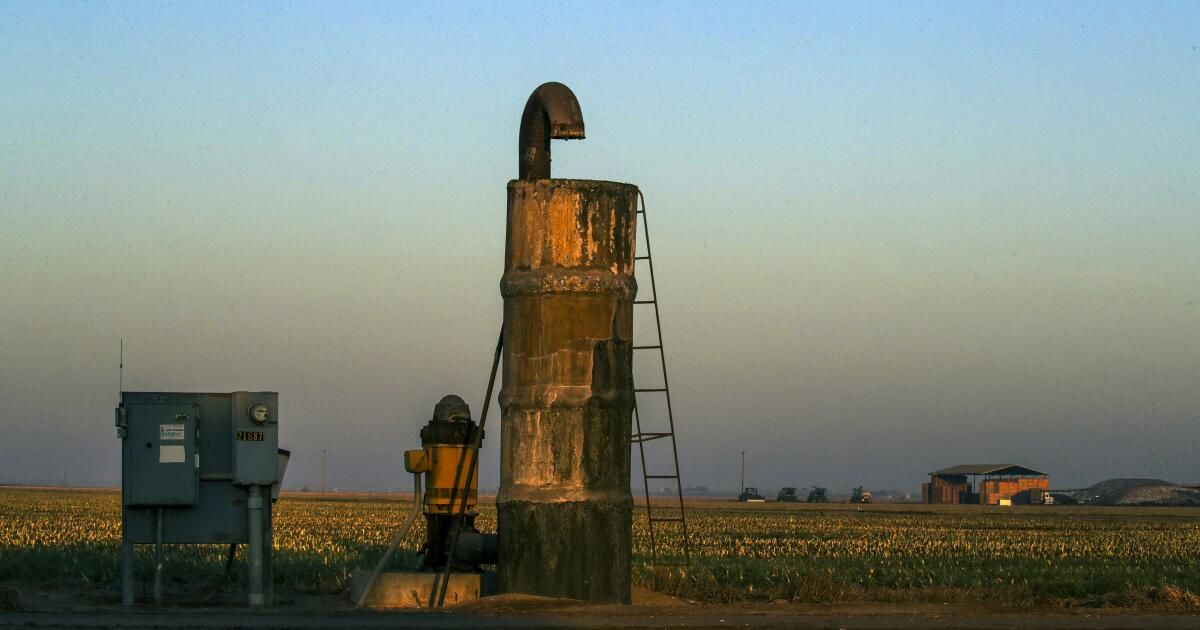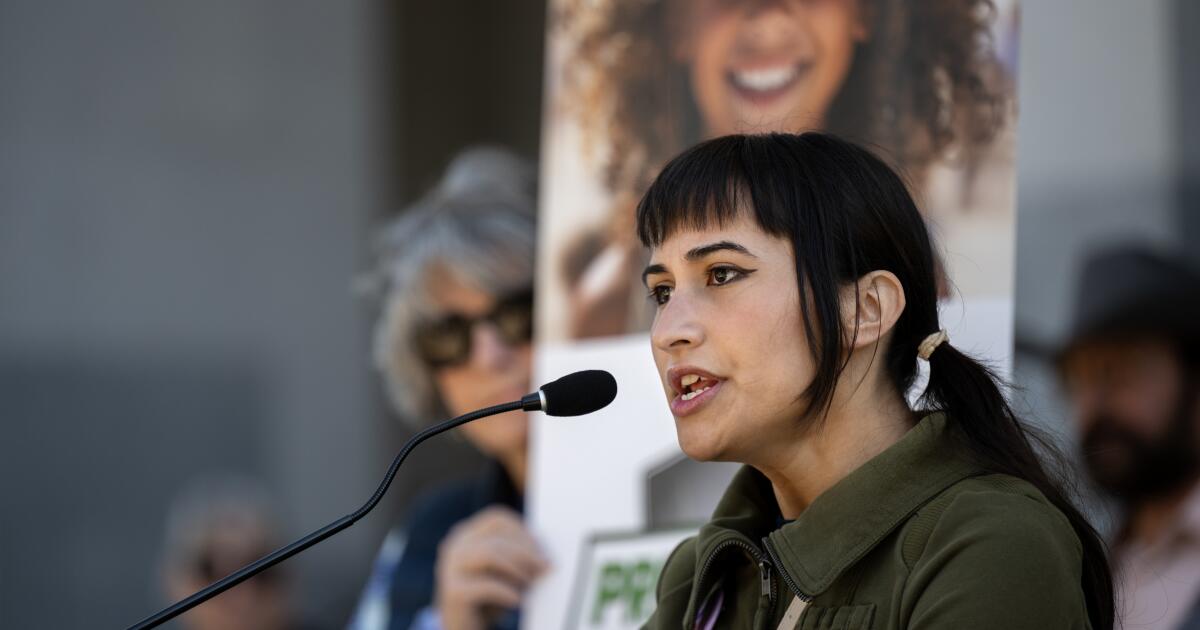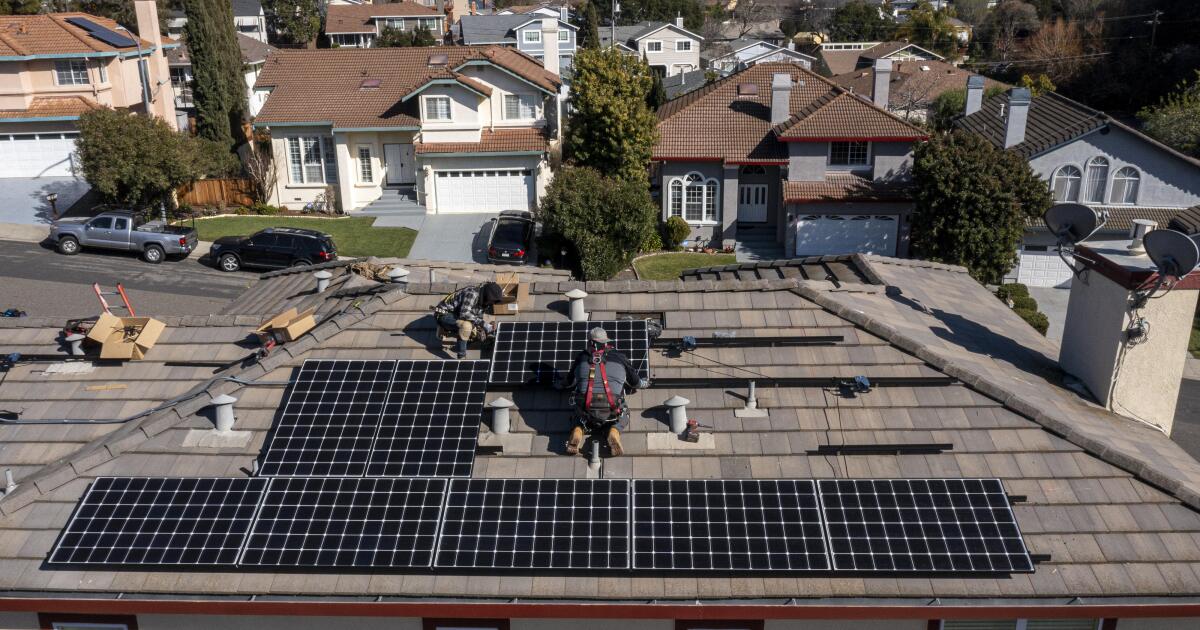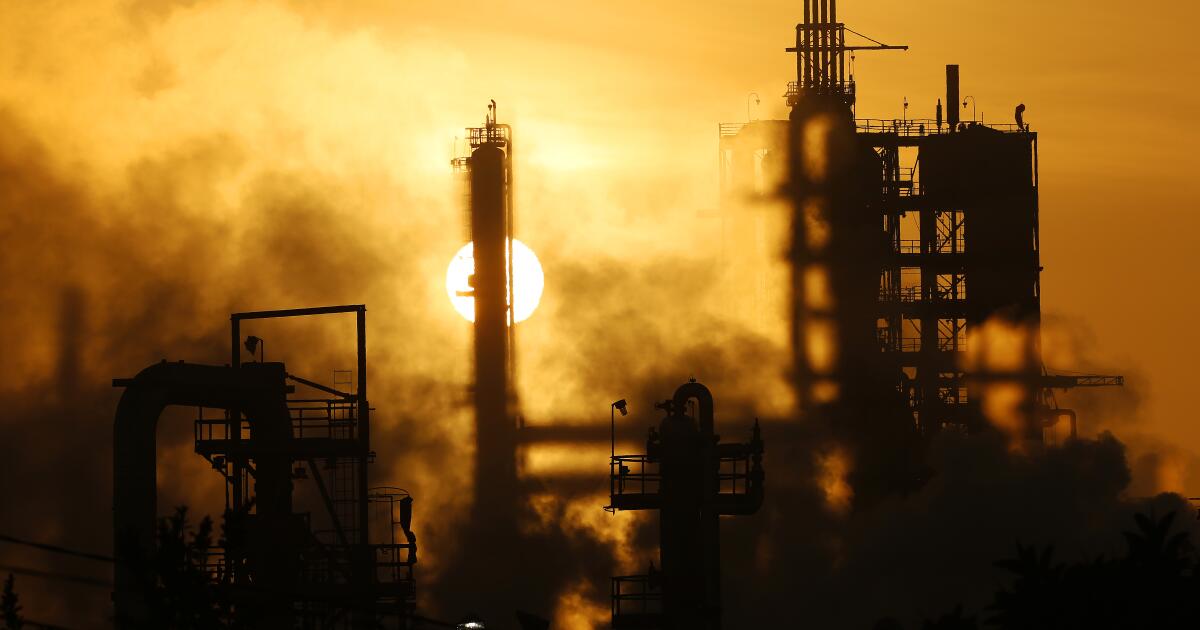One of the most consequential environmental laws in state history turned 10 years old last month. You would be forgiven if you didn't notice. The Sustainable Groundwater Management Act remains, like the declining resource it seeks to protect, largely invisible to most Californians.
Despite this, the first decade of SGMA (“sigma” to those who know it well) has laid the foundations, still somewhat fragile in places, for nothing less than the transformation of our rural landscape and economy. If we allow it, this law could foster a genuinely resilient landscape capable of thriving in an era of climate whiplash.
On paper, this is a law that is solely about managing a finite, limited and largely invisible resource. In its implementation, it must be about revitalizing the highly visible lands and communities in the heart of the state.
California created an orchard for the world largely by tapping into the prehistoric aquifers that underlie the Central Valley. a lot of that the water is no longerto never fully return. In the early 2010s, this long underground decline finally became impossible to ignore when drought dried up wells, ground subsided, and canals collapsed. Faced with the deepening scars of groundwater depletion, lawmakers passed the SGMA, a broad roadmap to get the state to the point where we extract only as much water as we put in.
A decade later, we still have not fully faced the scale of change needed to balance groundwater basins and ensure we have enough water to sustain our farms, ecosystems and rural communities into the future. Estimates suggest up to 900,000 acres of farmland in the San Joaquin Valley alone Fallowing may be necessary to reduce groundwater extraction and balance supply and demand. That is larger than the total area of The five largest cities in California combined, and the San Joaquin Valley is not the only area that will need to take agricultural land out of production.
If you have ever trudged through the dust of a once intensively farmed field abandoned to the sun and wind, you can sense what awaits us if we randomly remove land from production. The Central Valley would be deconstructed into a mosaic dotted with arid, dusty areas. In the early days of SGMA, conversations my colleagues and I had with producers across the valley made clear that groundwater decline was as much a land issue as a water issue: we needed a solid transition plan for the hundreds of thousands of acres facing reduced irrigation.
These concerns became the seed of the state's Multi-Benefit Land Reuse Program, a much-needed practical support plan for the transition to a smaller irrigation footprint. Launched in summer 2022, it provides block grants and technical assistance to organizations and tribes to repurpose irrigated agricultural lands for uses that reduce dependence on groundwater while providing new community benefits. Including “multiple benefits” in the official name of the program is not just climate nonsense. There really are layers and layers of unearned benefits hidden in repurposed farmland.
Take, for example, the rebirth of former farmland at the confluence of the Tuolumne and San Joaquin rivers in the Central Valley, an achievement that predates but should inform California's land reuse program. About 1,600 acres of former agricultural lands have been transformed into Dos Ríos State Park, a functional floodplain whose long list of beneficiaries, human and otherwise, is constantly growing. Brush rabbits, wood rats, Swainson's hawks, Central Valley Chinook salmon, rainbow trout, at least Bell's vireos, and sandhill cranes (all protected species) have I found a home on the restored floodplain. A large number of migratory birds from the Pacific Flyway make it a common stop.
Land and water are allowed to coexist in Dos Ríos in a way that was typical of much of the Central Valley before widespread European settlement. The unconfined space allows the land to absorb floodwater, recharging groundwater while protecting downstream lands, including tribal and socioeconomically disadvantaged communities, from flooding. Additionally, the irrigated floodplain is forming a bank of carbon-sequestering vegetation that also cleans up our water supply. It's a wonderful tangle of benefits that underscores the potential located in former farmland throughout the Central Valley.
The land reuse program provides funding to support exactly these types of projects across the state. Like its sister SGMA, it prioritizes regional and local leadership, providing grants to entities such as Groundwater Sustainability Agencies and tribes who, in turn, work with local groups to develop plans and fund projects. In just two years, the program has been a quiet success and has helped almost 100 organizations working on dozens of projects in regions covering 3.3 million acres.
However, the current scale of state funding is not up to the challenge ahead. The recent approval by legislators of a climate bonus It's a welcome step in the right direction. As voters, we have the opportunity to approve this critical funding this fall when it appears on the November ballot as Proposition 4. It would include $200 million for land reuse, $15 million for water data, $610 million for safe and affordable drinking water and $386 million for groundwater programs.
But rural communities will need much more to achieve what amounts to reinventing our lives with the land. Through its regional funding structure, the land reuse program provides farming communities the opportunity to shape their own transition to a sustainable water future. We need to provide the long-term financing necessary to help them make this transition.
SGMA has set in motion a shift towards a more sustainable future where agriculture is in balance with long-term water supply. Ten years later, we must come to terms with what this means not only for our relationship with all the water we cannot see, but also for the beautiful, powerful earth we are privileged to live with every day.
Ann Hayden is vice president of climate resilient water systems at the Environmental Defense Fund.












